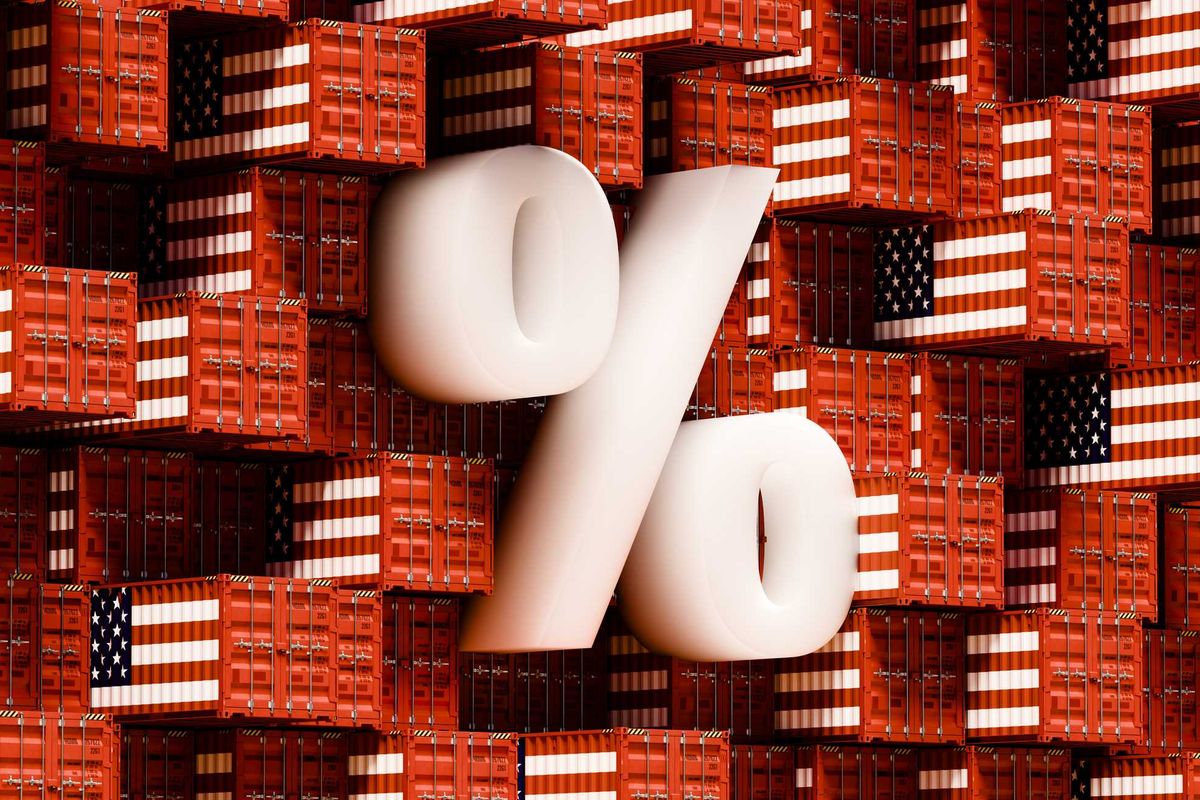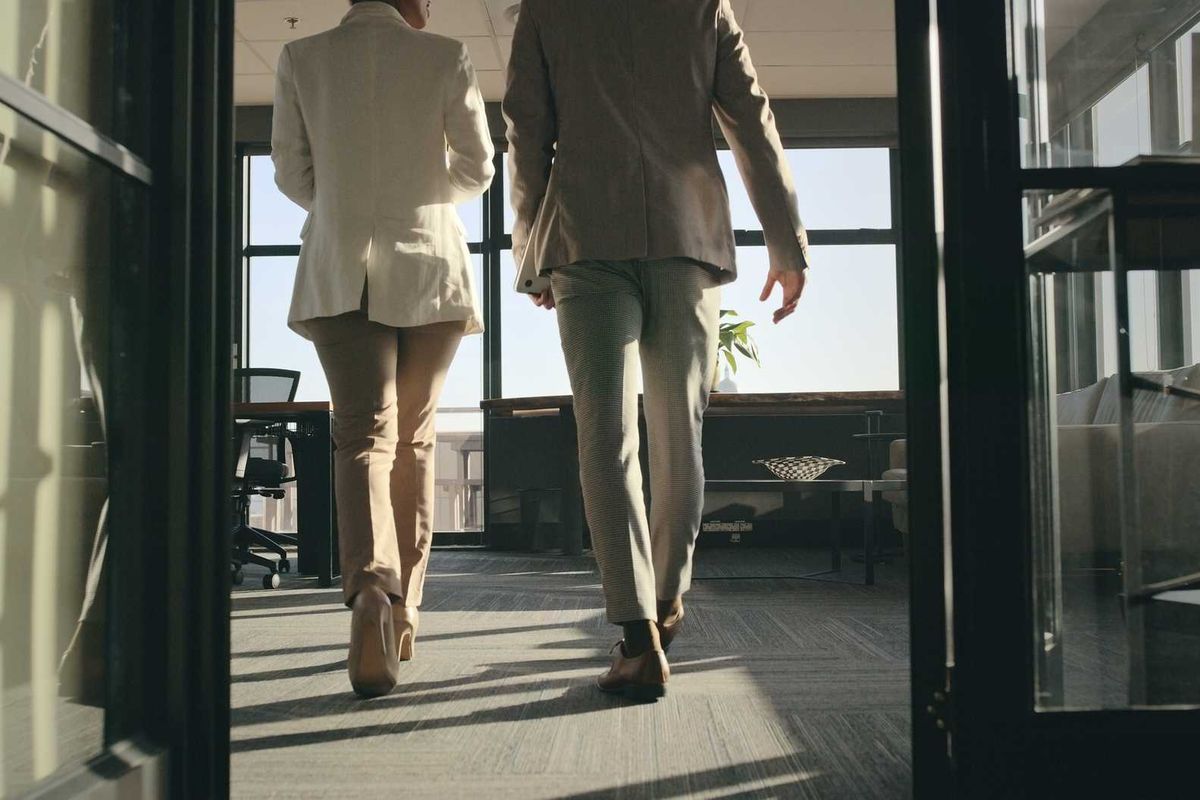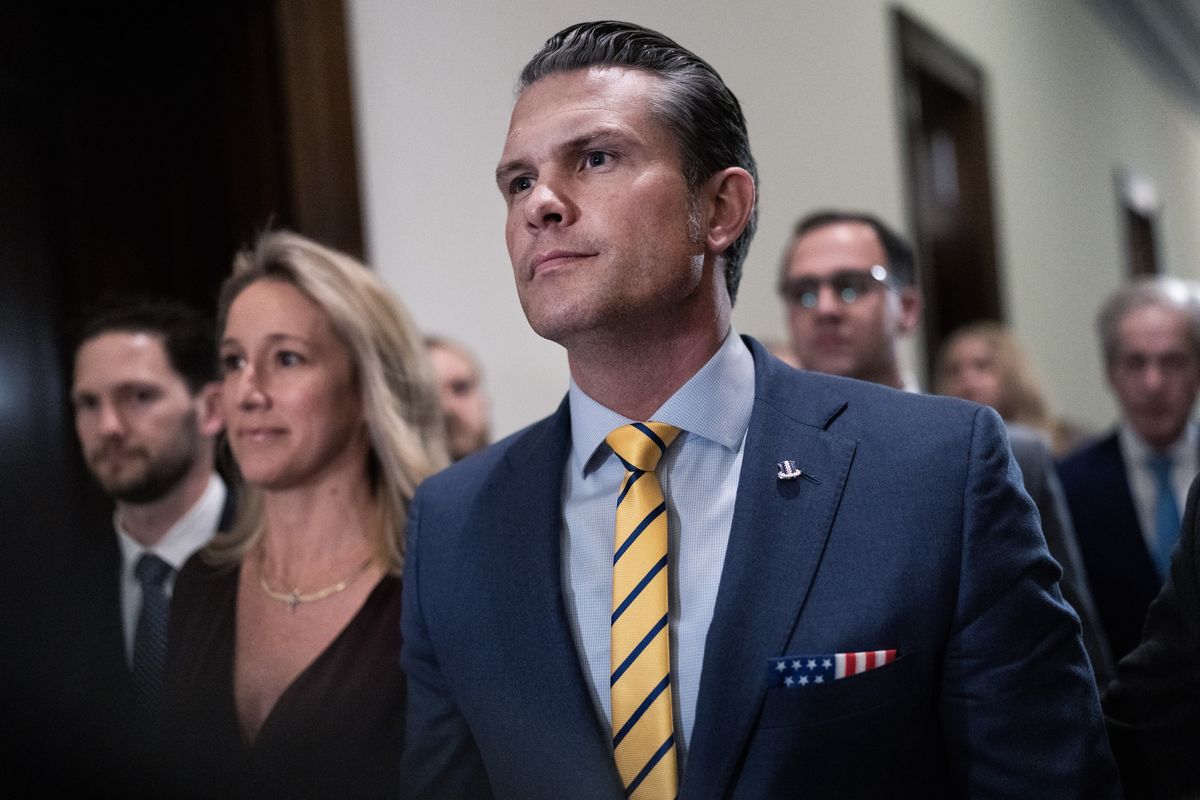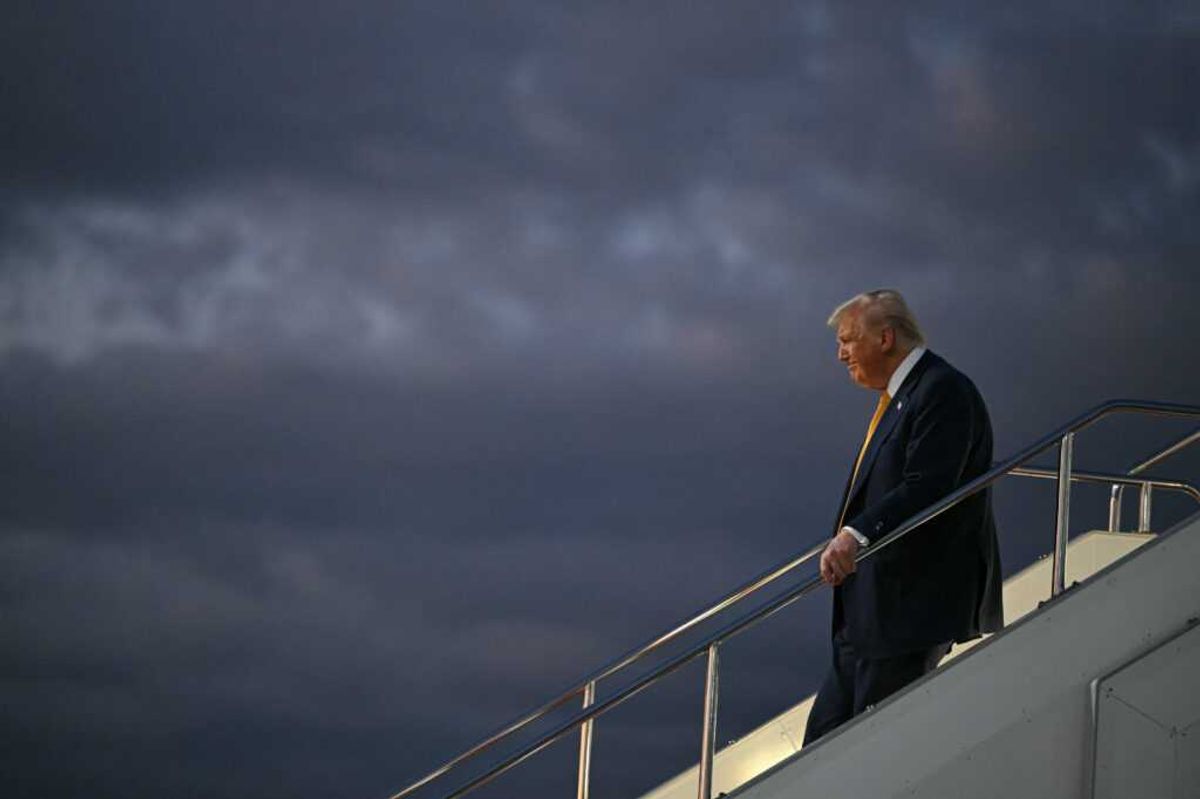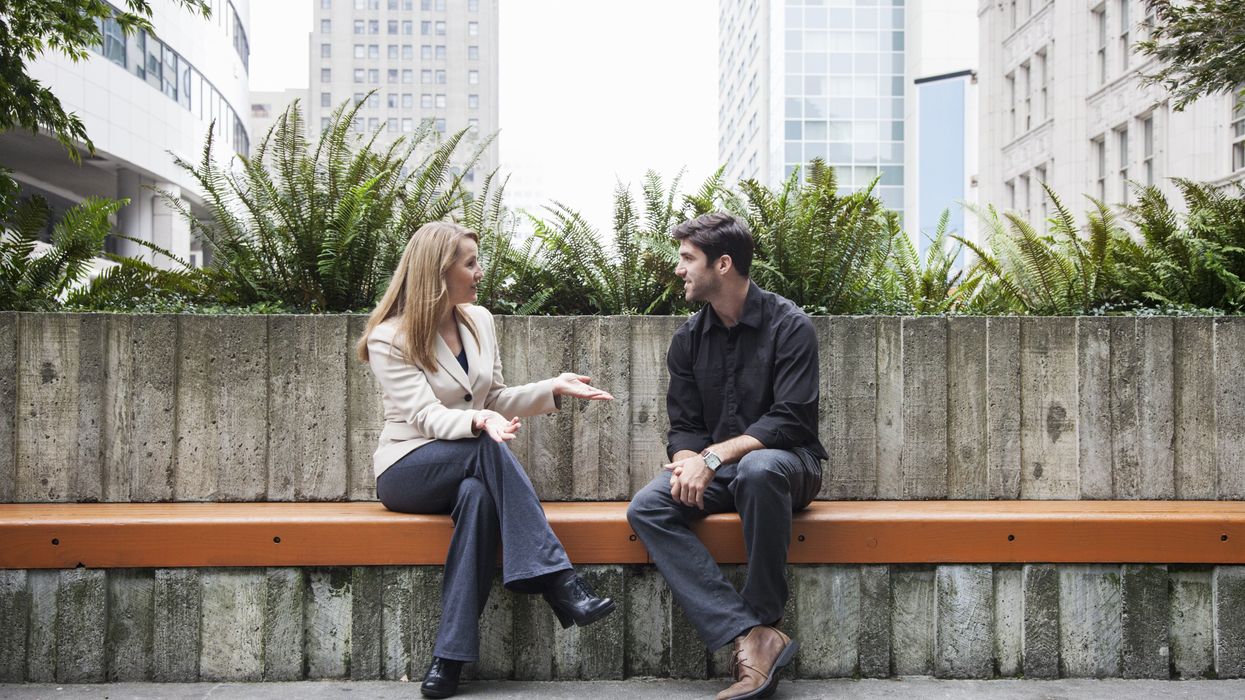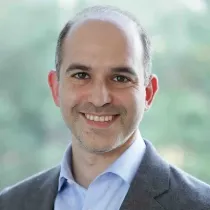In some circles, reducing political divides and civil discourse are almost synonymous. I’ve had conversations where I mention that I work on reducing these divides, only to have the other person launch into some story or opinion about civil discourse.
By “civil discourse,” I mean an interpersonal focus on communication, which can include activities like dialogue or certain types of debates.
Groups interested in reducing political divides have largely embraced this interpersonal civil discourse model as the primary method, in part because the start-up costs of holding a dialogue are low. Many of the 500-plus members of the #ListenFirst Coalition are clear examples of this approach. (Note: the organization I run and co-founded, More Like US, is a coalition member.) As I have seen since 2017, when I attended my first Braver Angels (then Better Angels) workshop, there has often been a default to a small-group format to teach skills and/or practice engaging in civil discourse.
Civil discourse can be excellent and effective, but organizations involved need to be aware of its numerous drawbacks that limit its capacity for scale. When this space is internally honest about civil discourse’s limitations, it can better choose methods that are most likely to succeed. Civil discourse should always be part of some efforts, but the space should be open to a wider array of approaches.
I summarize civil discourse’s limitations, especially in the context of small-group formats, with what I will call the 4 R’s: recruitment, reliability, representativenes, and repetition. Explained more below, the briefest overview is that it is difficult to get many people to attend events (recruitment), civil discourse is not inherently effective (reliability), even a successful 1:1 interaction may not generalize to the entire out-party (representativeness) and getting people to repeatedly use skills learned is challenging (repetition). These form a kind of narrowing funnel, where the likelihood of many individuals achieving long-lasting change gets smaller and smaller with every step.
Recruitment: People need to have a substantial amount of time, interest and energy to attend an event. At least with Braver Angels, participants have been disproportionately older and with high educational attainment, people who more likely fit those criteria. Braver Angels should be commended for bravely collecting and releasing this data; most other discourse-based groups likely have broadly similar demographics, aside from groups focused on Gen Z like BridgeUSA. Separately, it also takes substantial effort to plan even a single event. The numbers to achieve scale via events seem unrealistic: Even if 100 events could each reach 10 people per day, it would take over 400 years to reach all voters in the most recent presidential election. Affective (emotional) polarization is widespread among the public, so simply reaching a sliver of the population in a shorter amount of time will likely have limited impact.
While at least one other field has embraced research showing 3.5 percent of the public needs to be reached, citing findings about the number of citizens literally needing to be in the streets to overthrow a dictator, the research has questionable relevance to civil discourse efforts. Simply attending a workshop does not imply full participation in a movement, and the goals of civil discourse workshops are obviously very different than trying to overthrow a dictator.
Reliability: Gordon Allport’s original Intergroup Contact Theory from 1954 identified f our highly restrictive conditions for optimal contact: “equal group status within the situation, common goals, intergroup cooperation and authority support.” While more recent research shows that these conditions are more helpful than absolutely necessary, successful conversations still are not inevitable.
Representativeness: Even if a conversation is successful, the conversation partner may not be seen as particularly representative of the other political party as whole. In the academic literature, researchers find this “primary transfer effect” from the individual member to the group requires that “some level of group representativeness must be maintained for attitudes to generalize to the whole group.” Those attending workshops are a self-selected group, and the demographics can quite wildly differ from the larger target population. For instance, using Braver Angels data from 2020-2021, we see that 65 percent of participants had postgraduate degrees, compared with less than 15 percent of the overall population aged 25 and older. These conversations still can have a benefit of showing there are “good ones” across the political spectrum, but they do not necessarily change views about those across the political spectrum en masse.
Repetition: A few hours at a workshop may feel like an oasis, but then messages in the real world spew political negativity and division. Braver Angels’ transparency on this front is again admirable, including academic research showing that explicit measures of reduced affective polarization (e.g., via feeling thermometer, trust measure, comfort with those in the other party in various social situations) were not statistically significant after one or two weeks after participating in a day-long red/blue workshop among undergrads at four universities. Improvements on an Implicit Association Test were still statistically significant at that timeframe, but not after six months; willingness to donate to a depolarization group focused on Gen Z remained elevated throughout. Thus, it appears necessary to have repetition to depolarize in this context, but many will not want to attend multiple events, or they may have difficulty finding appropriate repeat conversation partners.
The 4 R's are not meant to chastise or induce hopelessness among those interested in the future of the country. Instead, they are a call for reflection and reconsideration of the best tactics for the space to take, given these limitations.
In part two of the article, publishing tomorrow, I will cover some suggestions (with 4 S’s) for how to still use dialogue in specific circumstances, and when opportunities besides dialogue may be best.
Coan is the co-founder and executive director of More Like US. Coan can be contacted at james@morelikeus.org
